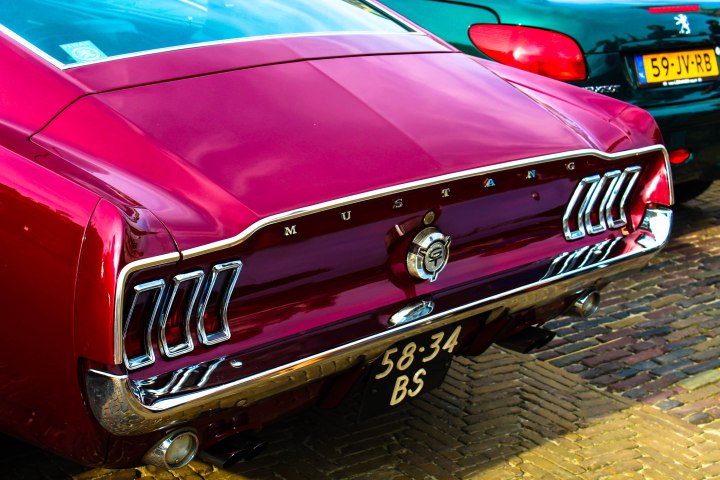This week has probably been the most colourful thus far. Kicked off with lectures on biomass, looking at the different types of biomass, energy conversion, efficiency of these fuel sources, as well as uses of biomass. We then swiftly moved onto the Eco-Design strategy, in sustainable design engineering. This looks at the ways in which we can pinpoint product ‘hots-pots’ for improvement, through the method of a LCA (life-cycle analysis). By plugging and plucking numbers we are then able to redesign and evaluate our new designs with these methods, to distinguish if our product has actually improved with regards to sustainability.
We also had our first exam on Thursday this week, which was like going back to school. I haven’t done anything to do with maths for over 5 years and never done any physics. So irrespective of the grade I achieved on this exam, the amount of information I’ve absorbed these few weeks here I feel have benefited me massively. At the start, I didn’t have a clue what any of the symbols were called, let alone what they meant, or how to use them. Now I can slowly understand an equation and use it to calculate figures like heat transfer (conduction, convection & radiation) or how much power a solar panel can produce. Albeit, this takes a bit longer for me to calculate than the Industrial Design Engineering students here, or the aerospace engineers, electrical engineers etc. that we’re clustered together with for the same course and same exam, I still feel that I have gained a valuable skill from this end of the course.
Later in the week we looked at life-cycle analysis in more depth. Our lecturer showed us an invaluable ted talks “Catherine Mohr builds green”
She looks at what we perceive to be saving energy or saving resources and what the actual truth of this matter tends to be. In order to build an eco home still requires careful calculations and thought, rather than just using ‘eco materials’, as through the LCA process, this is not always the case.
The most interesting thing I gained from this week was the calculation for ‘energy payback time’. In short, it calculated what energy it took to make the product. for example:
“How many years it takes before a PV system produces as much electricity as could be produced by the current grid-mix, using the same amount of primary energy ”
– Refs: Raugei, M. (2013), Energy Pay-back time: methodological caveats and future scenarios, Prog. Photovolt: Res. Appl., 21, pg. 797-801; Fthenakis, V.M., Kim, H.C. (2011), Photovoltaics: Life-cycle analyses, Solar Energy, 85 (8) , pp. 1609-1628.
The EPBT (energy pay back time) is shortened to:
EPP is the primary energy input of the total of say the PV system and the EOUT is:
Meaning the net primary annual energy savings, due to electricity from the PV system.
So what this means in context to my design approach, if I were to design a product that were to incorporate a Photo Voltaic (PV) system, I can work out how long it would take to make back the energy invested in the PV system and work out if this is really a Eco alternative to the battery, or mains power. As we like to think anything that doesn’t use a battery/typical power source to be Eco, it still takes an investment of energy to make that alternative.
On a side note, the weekend proved interesting. There was a little showing of cars in the town square of Delft, so I took this as an opportunity to practice some photography around the center of Delft. Pure pot luck. – all be they’ve come out really over saturated, need to fiddle more with the settings.

















